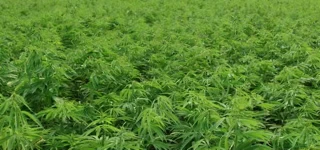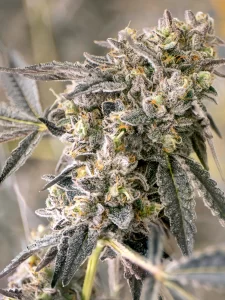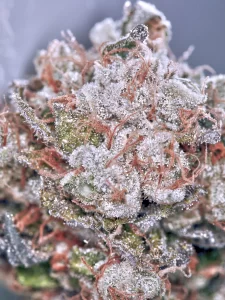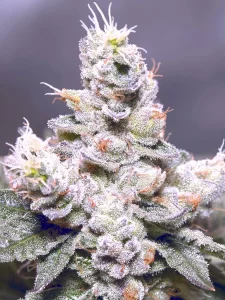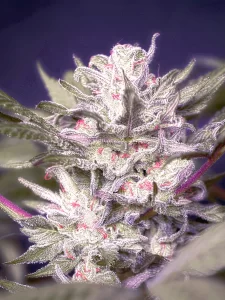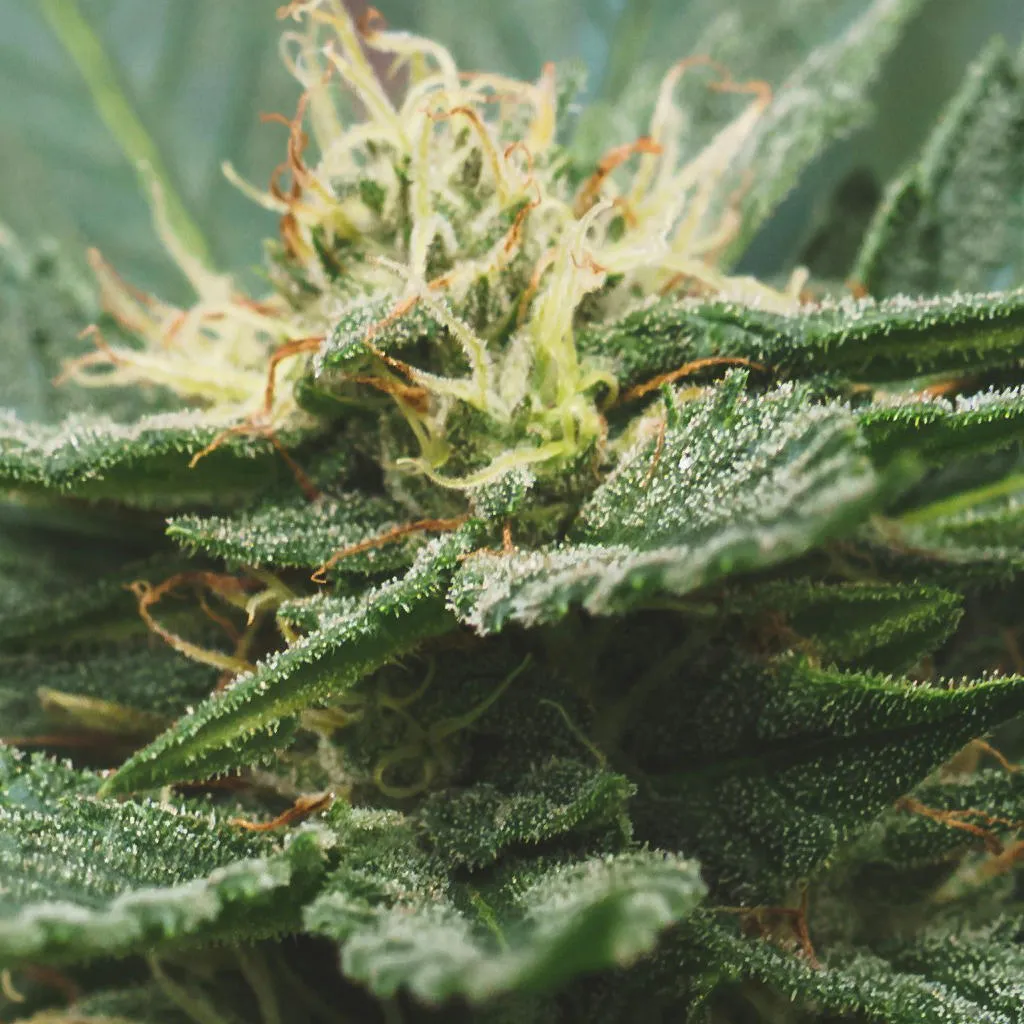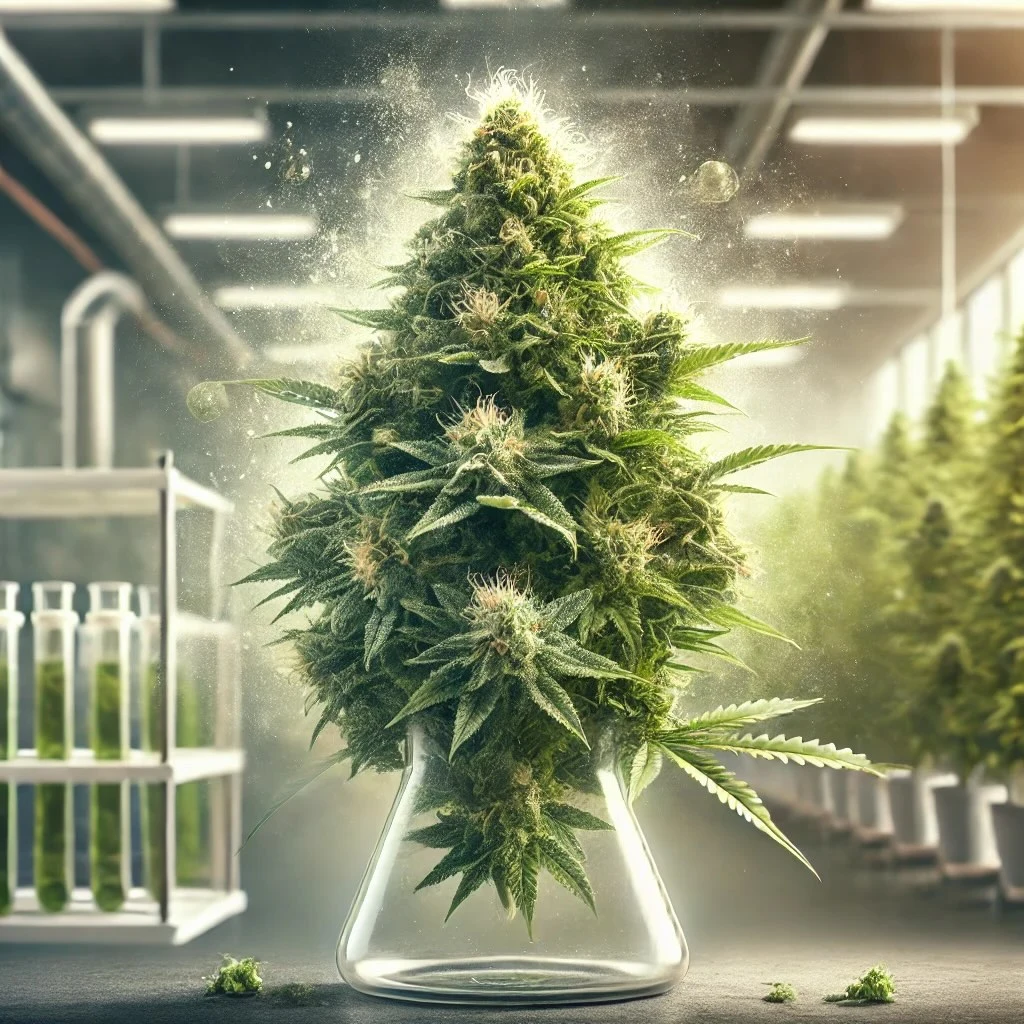Many of you will already know that the applications of hemp certainly do not stop with marijuana, medical or recreational, or the production of textiles or cosmetics or building materials. Today we are talking about a precious use and a practical application for the benefit of the citizens of the peninsula. We all know the story of ILVA, and how much pollution was produced by the production residues of the Apulian factory. A real ecological disaster and a threat to the health of the population.
But luckily there is hemp, and the paths of hemp and ILVA cross in 2012. In that year Masseria Fornaro and Canapuglia meet, and they begin to experiment, on 3 hectares of land of the Masseria, the hemp and its ability to absorb dioxin.
This type of experiment arises on the basis of research that has proven the effectiveness of cannabis for “the removal, decomposition, or containment of contaminants in soil, sludge, sediments and surface and groundwater”. In addition, this extraordinary plant has been shown to have exceptional abilities to absorb heavy metals, as confirmed by an American study:
“The roots of cannabis show a high resistance to heavy metals, which gives it the characteristic of accumulators of these substances (more than 100 mg kg-1 in the case of cadmium). Hemp is a plant tolerant to heavy metals, with roots resistant and a strong acclimatization capacity. These characteristics make it a key candidate for phytoremediation approaches ”
From Canapuglia they let it be known that this is only a first step and they do not stop remarking that “decontamination done in this way is very economical compared to traditional processes: it is a matter of choosing the plants, sowing, harvesting and analyzing”.
And after the ILVA, our precious friend could be useful to bring back to normal so many lands that in Italy have been subject to abuse and pollution.

